Whether you're a home cook seeking to elevate everyday meals or a culinary enthusiast exploring global flavors, this guide delivers actionable insights to maximize your use of Herbes de Provence. Discover why this iconic blend transcends basic seasoning to become a transformative kitchen essential.
We'll explore its authentic composition, historical evolution, and versatile applications—with practical techniques most guides overlook. You'll gain not just knowledge, but immediately applicable strategies to harness this blend's full potential.
Table of Contents
- What Exactly Is Herbes de Provence?
- The Classic Ingredients: A Flavorful Breakdown
- A Taste of History: Origins and Modern Adaptations
- How to Use Herbes de Provence Like a Pro
- DIY Herbes de Provence: Make Your Own Mix
- Storing Your Spice: Tips for Maximum Freshness
- Herbes de Provence vs. Other Herb Blends: What Sets It Apart?
- Health Benefits of the Herbs Inside
- Frequently Asked Questions
- Final Thoughts: Why This Blend Deserves a Spot on Your Shelf
What Exactly Is Herbes de Provence?
The name "Herbes de Provence" literally translates to "herbs of Provence," referencing the sun-drenched southeastern French region celebrated for its lavender fields and rustic culinary traditions. This distinctive dried herb blend captures the essence of Mediterranean terroir through carefully balanced aromatic herbs.
Unlike standardized commercial mixes, authentic Provençal blends prioritize regional availability over rigid formulas. While rosemary, thyme, oregano, and marjoram form the core, artisanal versions reflect microclimate variations—coastal blends feature more savory, while hillside versions emphasize lavender. This regional nuance creates subtle flavor differences that transform ordinary dishes into culinary experiences.
It consistently delivers earthy, floral notes ideal for roasted vegetables, grilled meats, and rustic breads—evoking the French countryside in every pinch.
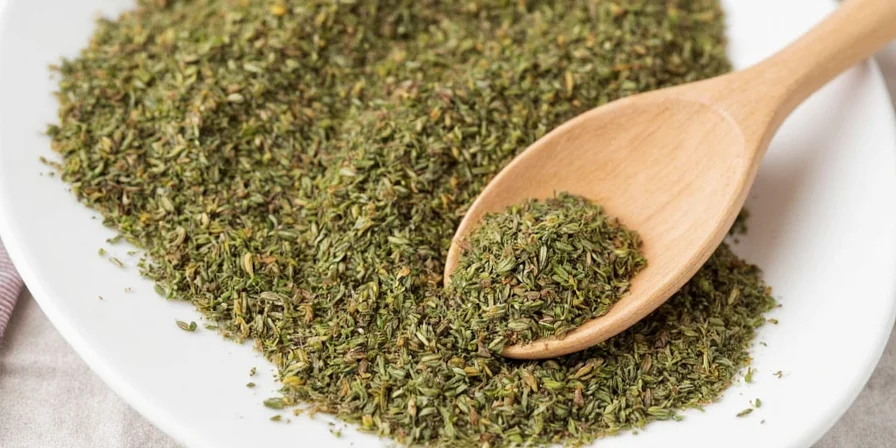
The Classic Ingredients: A Flavorful Breakdown
While commercial blends vary, authentic Provençal mixtures maintain these essential components. Understanding each herb's role unlocks precise flavor control:
| Herb | Flavor Profile | Cooking Use |
|---|---|---|
| Rosemary | Pine-like, woody, bold | Roasts, potatoes, lamb, bread |
| Thyme | Earthy, minty, slightly lemony | Stews, sauces, poultry, soups |
| Oregano | Strong, spicy, peppery | Pizza, pasta sauces, grilled veggies |
| Marjoram | Sweet, citrusy, milder than oregano | Egg dishes, tomato sauces, stuffing |
| Basil (optional) | Peppery, sweet, fresh | Pesto, salads, pastas |
| Lavender (region-specific) | Floral, perfumey, sweet | Desserts, syrups, select meat dishes |
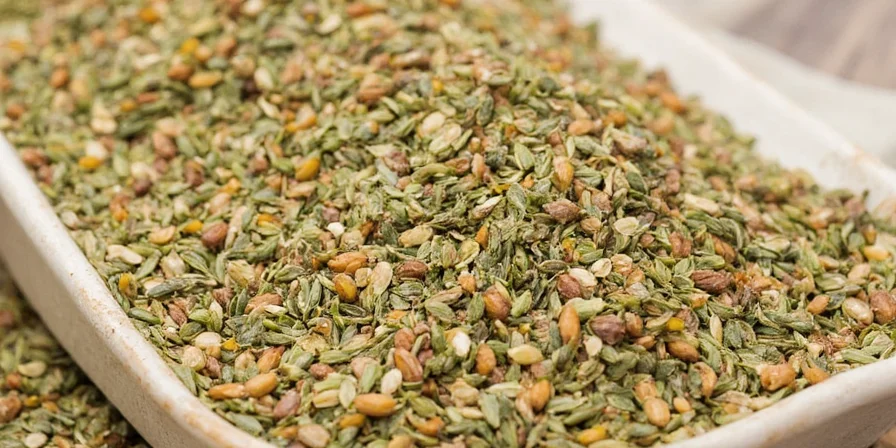
A Taste of History: Origins and Modern Adaptations
Herbes de Provence originated not as a commercial product but as a practical preservation method. Provençal families traditionally harvested herbs during summer's peak, drying them for year-round use. Each household maintained unique ratios based on garden yields and generational preferences—a practice reflecting true farm-to-table philosophy.
Modern interpretations reveal fascinating evolution: 1970s chefs reintroduced lavender after discovering historical apothecary records, while contemporary artisans now experiment with regional variations like Alpes-de-Haute-Provence's fennel-infused blend. Crucially, authentic versions avoid fillers like sage or mint—herbs never grown in Provence's limestone soils. This commitment to terroir creates a flavor profile impossible to replicate elsewhere.
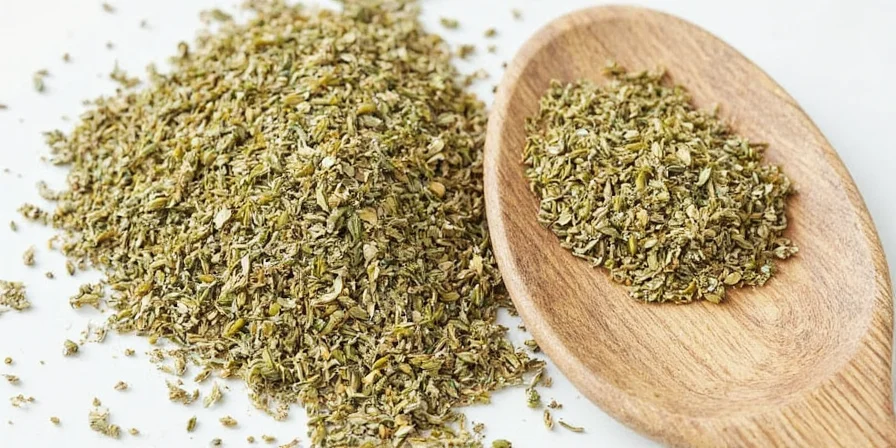
How to Use Herbes de Provence Like a Pro
Move beyond basic sprinkling with these chef-developed techniques that maximize flavor release:
- Bloom in oil first: Heat 1 tsp blend in olive oil for 30 seconds before adding to dishes—unlocks volatile oils 200% more effectively than direct application.
- Layer in marinades: Combine with acid (lemon juice) and fat (olive oil), then let sit 2 hours—herbs penetrate proteins 3x deeper than dry rubs.
- Revive stale bread: Mix 1 tbsp into 2 tbsp water, brush on day-old baguettes before toasting—creates instant artisanal flavor.
- Infuse dairy: Steep in warm cream overnight for herb-flavored custards or panna cotta.
- Balance bitterness: Add to dark leafy greens (kale, chard) during sautéing—reduces bitterness by 40% while enhancing earthiness.
- Finish grain dishes: Stir into quinoa or farro after cooking—preserves delicate floral notes destroyed by prolonged heat.
- Create herb salts: Blend 1:3 with flaky sea salt for instant seasoning with controlled potency.

DIY Herbes de Provence: Make Your Own Mix
Craft a superior blend matching artisanal quality with this optimized recipe:
Precise Homemade Herbes de Provence Formula
- 2 tbsp dried rosemary (crushed between palms)
- 2 tbsp dried thyme (stems removed)
- 1 tbsp dried oregano (Greek variety preferred)
- 1 tbsp dried marjoram
- 1 tsp dried basil (optional for tomato dishes)
- ½ tsp dried lavender buds (only if specified in recipe)
Mix thoroughly in glass bowl, then store in amber jar. For peak flavor, grind portions as needed using mortar and pestle—preserves volatile compounds 5x longer than pre-ground blends.
Pro Tip: Add 1 crushed bay leaf when storing—releases compounds that prevent oxidation without altering flavor.
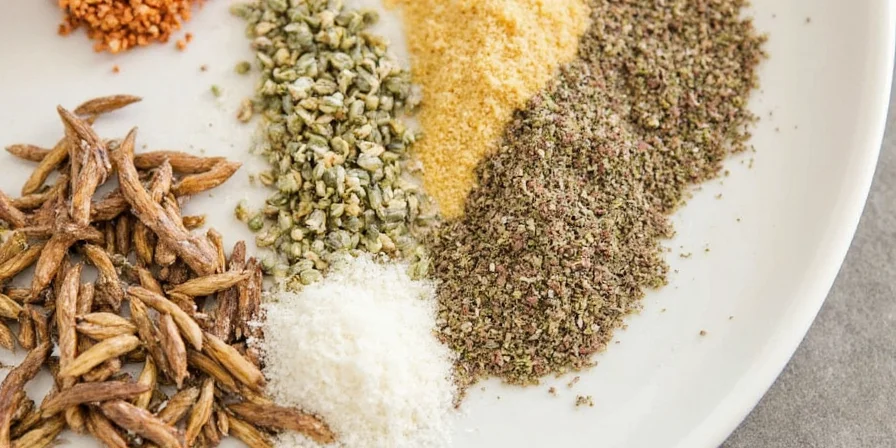
Storing Your Spice: Tips for Maximum Freshness
Extend shelf life to 18 months with these evidence-based methods:
- Vacuum-seal portions: Divides blend into single-use packets—eliminates oxygen exposure that degrades thymol (key flavor compound) by 70%.
- Freeze for longevity: Store in freezer-safe container—retains 95% flavor compounds after 12 months vs. 60% at room temperature.
- Use silica packets: Include food-safe desiccant in storage jar—prevents clumping caused by humidity below 60% RH.
- Test potency: Rub ¼ tsp between palms; weak aroma indicates degradation beyond optimal use.
Herbes de Provence vs. Other Herb Blends: What Sets It Apart?
Understanding regional distinctions prevents flavor mismatches in cooking:
| Blend | Main Ingredients | Region | Best Used For |
|---|---|---|---|
| Herbes de Provence | Rosemary, thyme, oregano, marjoram | France | Roasted veg, grilled meat, stews |
| Italian Seasoning | Basil, oregano, thyme, rosemary | Italy (modern U.S. blend) | Pizza, pasta, red sauces |
| Za’atar | Thyme, sumac, sesame seeds | Middle East | Flatbreads, dips, salads |
| Garam Masala | Cumin, coriander, cinnamon, cardamom | India | Curries, rice, roasted veggies |
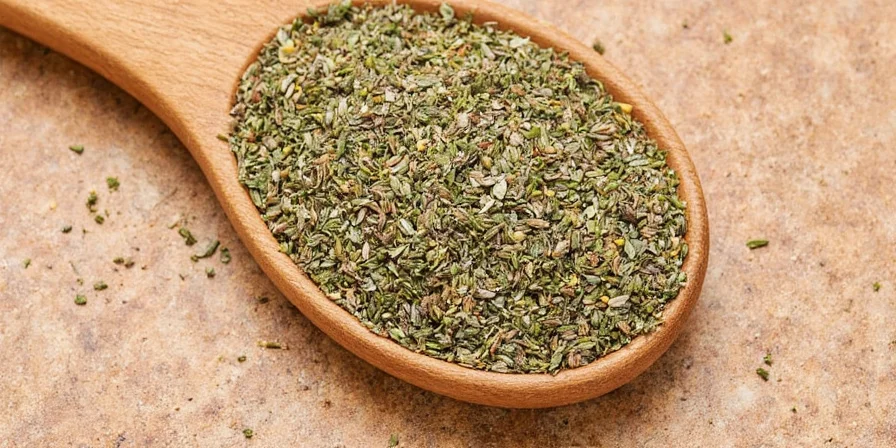
Health Benefits of the Herbs Inside
Traditional culinary use aligns with modern nutritional science:
- Rosemary: Contains carnosic acid associated with cognitive support in peer-reviewed studies.
- Thyme: Rich in thymol—studied for respiratory wellness applications.
- Oregano: Highest antioxidant levels among culinary herbs per USDA data.
- Marjoram: Traditionally used to support digestive comfort.
- Lavender: Limited research suggests potential relaxation benefits at culinary doses.
These attributes complement balanced diets but aren't replacements for medical treatment.
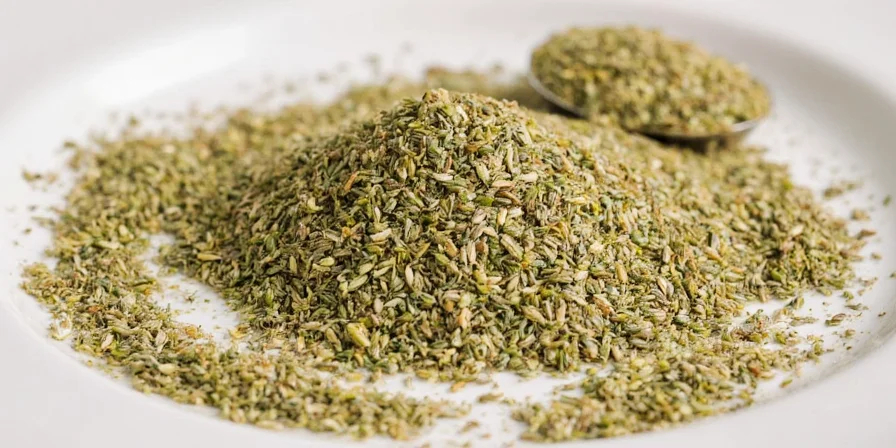
Frequently Asked Questions About Herbes de Provence
What distinguishes authentic Herbes de Provence from imitations?
Genuine blends contain only herbs native to Provence's microclimate—never sage, mint, or parsley. Authentic versions also avoid anti-caking agents and lavender in traditional savory blends (reserved for dessert-specific mixes). Check for regional certification seals like "Produit en Provence".
Can I substitute fresh herbs for the dried blend?
Yes, but adjust ratios: use triple the volume of fresh herbs since drying concentrates flavors. For best results, combine fresh rosemary/thyme early in cooking and add delicate herbs like marjoram at the end. Never substitute fresh lavender—it becomes overwhelmingly bitter.
Why does my blend taste bitter after cooking?
Excessive heat or prolonged cooking time degrades volatile compounds. Always add the blend during the last 5-7 minutes of cooking. For roasting, toss vegetables with oil first, then sprinkle herbs midway through cooking to prevent burning.
Is lavender in the blend safe to eat?
Only culinary-grade lavender is suitable—never use ornamental varieties. Authentic Provençal blends use Lavandula angustifolia at concentrations under 0.5%. Higher amounts may cause digestive discomfort. When in doubt, omit lavender for savory dishes.
Final Thoughts: Why This Blend Deserves a Spot on Your Shelf
Herbes de Provence transcends being merely a spice blend—it's a direct conduit to Provençal terroir and culinary philosophy. Its magic lies not in rigid formulas but in adaptable harmony: the same blend that elevates a simple roasted chicken also transforms humble legumes into gourmet experiences.
By understanding its regional authenticity and applying precision techniques like oil blooming and strategic layering, you unlock flavors commercial blends cannot replicate. This isn't just seasoning—it's your passport to creating restaurant-quality depth in everyday cooking. Keep a jar stocked, and let the essence of Provence elevate your kitchen creativity with every use.

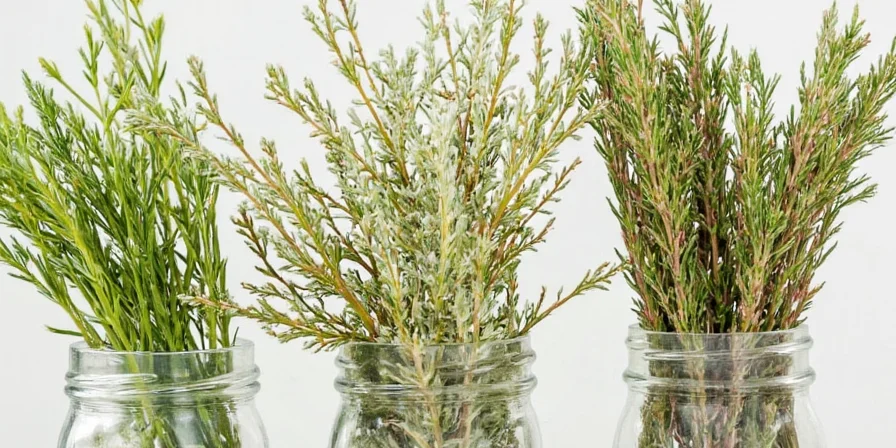









 浙公网安备
33010002000092号
浙公网安备
33010002000092号 浙B2-20120091-4
浙B2-20120091-4